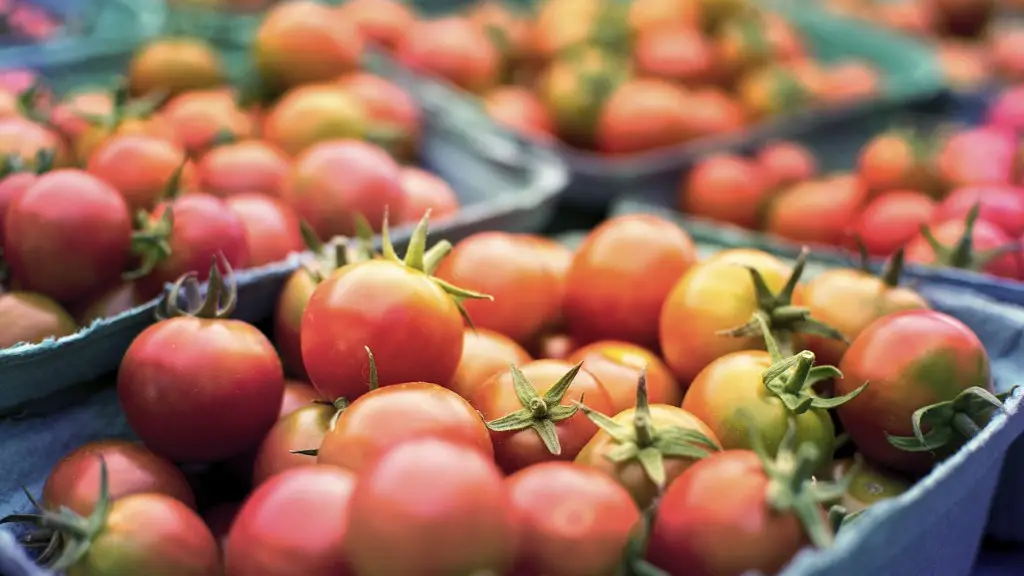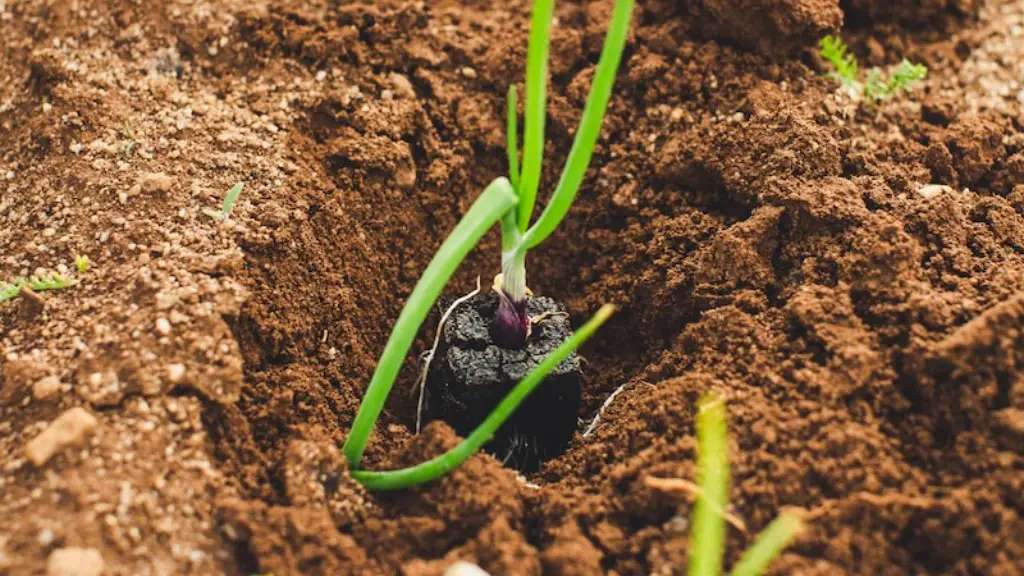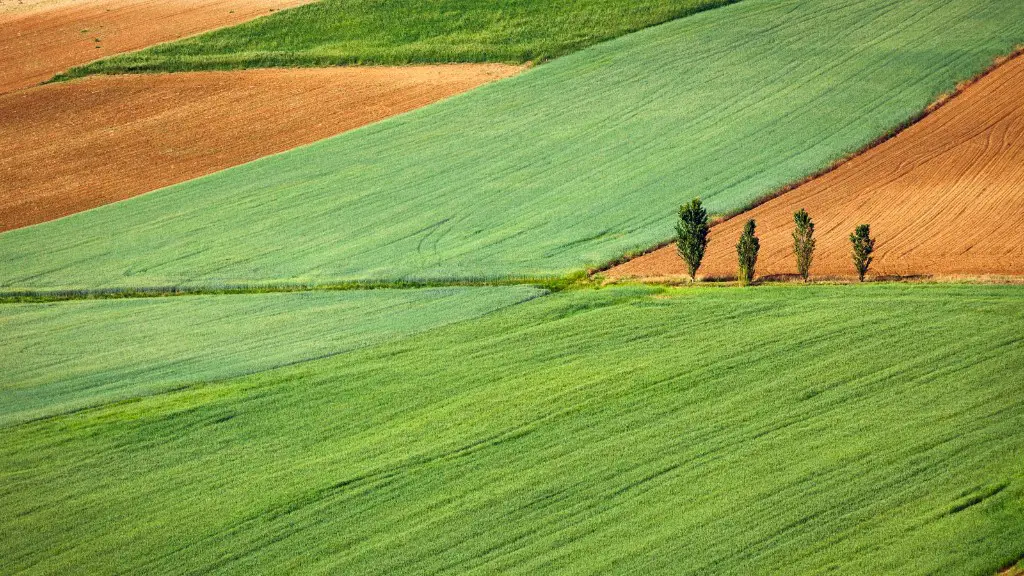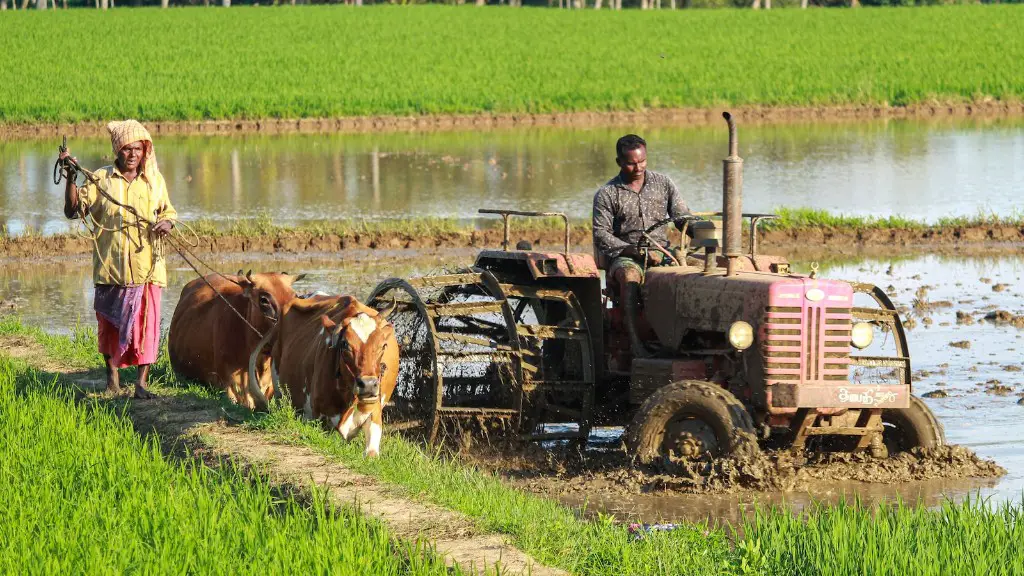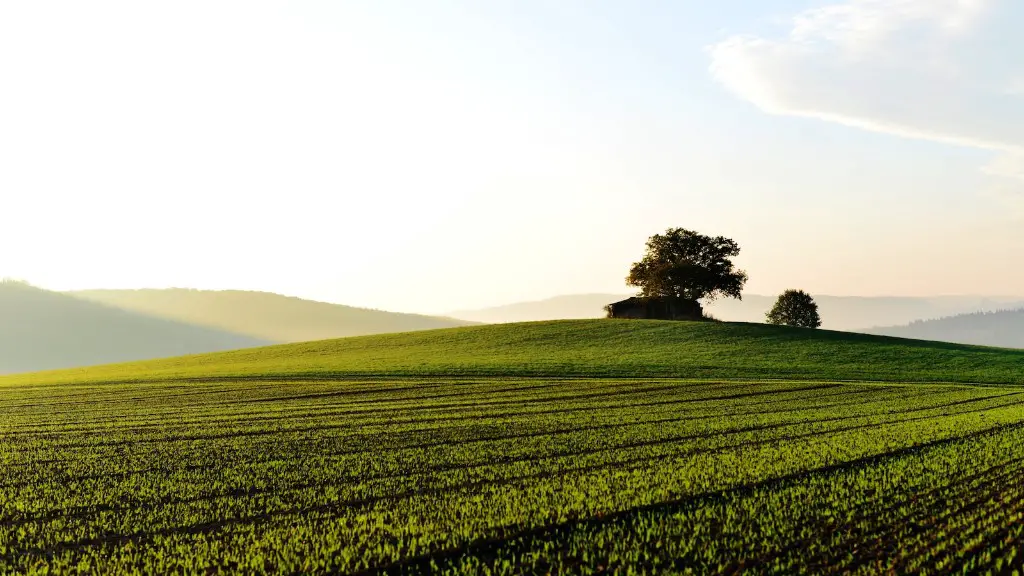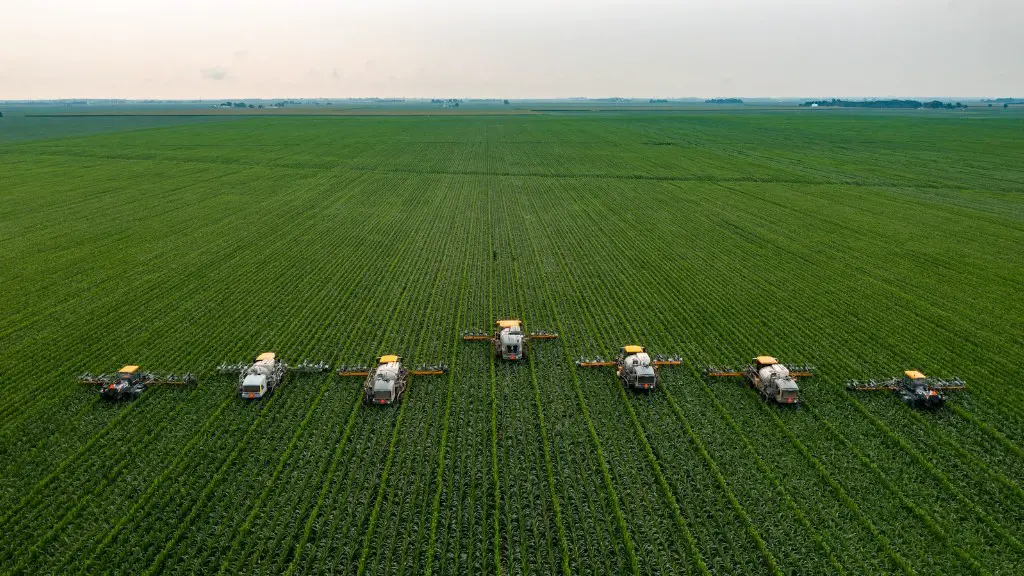Animal agriculture is one of the main contributors to global climate change. Human activities like cattle rearing, dairy production and egg-laying all release greenhouse gases into the atmosphere. Carbon dioxide and methane from the livestock industry are thought to account for 14.5% of all global greenhouse gas emissions. As the demand for new animal products increase, the environmental impacts of animal agriculture become more concerning.
Raising livestock requires large amounts of water and land. It requires resources such as food and energy to be produced, often sourced from elsewhere. Around 30% of land globally is used for grazing and 30% of the world’s ice-free land surface is used for crop production to feed the animals. This land-use change has reduced forests and wetlands, two ecosystems that both provide essential services to the health of the planet.
The air surrounding factory farms is polluted with noxious gases like ammonia and hydrogen sulfide, which can be detrimental to human and animal health. In the United States alone, it is estimated that 99% of the ammonia in the air comes from animal waste. This kind of air pollution can lead to respiratory problems, skin irritation and inflammation.
Animal farming is also increasingly putting an additional burden on global resources like water. Livestock production requires enormous amounts of water, both for the animals for drinking and for irrigation for crops used for feed. Estimates suggest that animal agriculture accounts for around 70% of all human water use.
Animal farming is both a major contributor to global climate change and a major consumer of natural resources. Everything from the amount of feed needed to sustain the animals to the methane they produce is leading to a global environmental crisis. It is clear that more needs to be done to address this issue and reduce the impact of animal agriculture on the environment.
Impacts on Biodiversity Loss
Animal agriculture is one of the primary drivers of biodiversity loss. Livestock production is increasing land clearing and degradation, as well as the introduction of a variety of non-native species. These changes can directly impact the richness of species and their interactions in natural ecosystems. When wild species are displaced or eliminated because of human activities, ecosystems can no longer perform as they should. This can cause a cascade of environmental problems like soil erosion, water pollution, and decreased water quality.
Furthermore, the use of insecticides, pesticides and fertilizers to raise crops for animal feed has led to emerging environmental problems like eutrophication, the excessive enrichment of water bodies with the nutrients contained in such chemical inputs. This can result in oxygen depletion and the proliferation of toxic algal blooms, which can have huge impacts on the ecology of aquatic systems.
It is also worth noting that animal products contribute to food insecurity. It is estimated that approximately 33% of the world’s cereal production is used for animal feed. This could potentially be redirected to people in need, making the burden of animal agriculture on the planet even more concerning.
Impacts on Land and Soil Health
The effects of animal agriculture on land use and soil health can be serious. Over 2.5 billion livestock are reared, producing up to 2.2 trillion kilograms of animal waste every year. This can often contain fecal matter, chemicals, hormones, antibiotics, and pesticides, which end up in surface water, groundwater, and even soils around the world. This can lead to the contamination of water and soil, as well as the creation of dead zones in bodies of water where the oxygen level is too low to sustain life.
The land itself can also suffer, especially if the livestock are raised in intensive systems. Such systems involve animals being housed in small spaces with no access to grazing. This forces the soil to become compacted, losing its ability to absorb water and erode. Overgrazing can also lead to degradation, as animals eat too much of the vegetation, and with no time for regrowth, the earth is left exposed to erosion.
In addition to this, energy-intensive processes such as ploughing, using machinery and transporting goods, also actively contribute to climate change. Reducing this requires regulations or incentives to increase efficiency, reduce emissions and improve management practices within the industry.
Impacts on Water Resources
A further area of concern is the way that animal agriculture is already beginning to affect freshwater resources. The animal agriculture sector is estimated to use approximately 20% of the total global water withdrawals. This is partly due to the massive amount of water needed to produce feed for the animals, as well as all the other inputs required to sustain and raise livestock.
What’s more, the pollution from excreta and the use of antibiotics, chemicals and hormones in animal production can also have a negative impact on water resources. This can lead to eutrophication in certain areas, which can further reduce the biodiversity of aquatic ecosystems. In addition, the spread of animal diseases such as avian influenza can also contribute to water contamination, threatening both animal and human health.
Animal agriculture can also cause the displacement of human communities. With animal production increasing to meet the demand for animal products, agricultural land is being converted to grazing land and feed crops. This often occurs at the expense of traditional owners, leading to damages to social and cultural links, as well as environmental damage.
Impacts on Carbon Emissions
It is well established that human activities that produce carbon emissions, particularly those associated with animal production, are contributing to climate change. Livestock is responsible for up to 18% of the world’s total anthropogenic greenhouse gas emissions. Cattle rearing in itself is estimated to be responsible for about 70% of these emissions.
Methane and nitrous oxide are the two main sources of greenhouse gas emissions from livestock. Methane is released from livestock and stored manure, and nitrous oxide is released from farmland. Both of these gases are significant contributors to global warming, with methane alone accounting for up to 28% of global emissions.
In addition to this, the production and transportation of animal feed requires the burning of fossil fuels, which emits further carbon dioxide into the atmosphere. Additionally, emissions of non-CO2 gases such as methane and nitrous oxide, often exceed those of CO2, meaning that animal agriculture is a major source of air pollution.
Impacts on Diet and Health
Having a diet that is high in animal products is also linked to health issues. A number of studies have found that eating a diet that is high in animal products can lead to increased risk of obesity, diabetes, heart disease, certain types of cancers, and even some mental health concerns. Additionally, a number of studies have suggested that these risks increase when animal-based products are used without adequate plant-based alternatives.
Furthermore, the use of artificial hormones, antibiotics, and other chemicals to promote growth and prevent disease in livestock is a further concern. This can negatively impact public health, as the chemicals may end up in food products, or they may be present in the environment due to runoff from animal farms. Additionally, the use of hormones to stimulate animal growth can also lead to the development of antibiotic-resistant bacteria.
Environmental Impacts of Animal Agriculture
All of these issues point to the potential global impacts of animal agriculture. Animal farming is not only a major contributor to climate change, but also a major consumer of land, water, and other resources. It can cause pollution, species displacement, loss of biodiversity, degradation, and eutrophication. It can also lead to changes in air, water and soil quality, as well as cause human and health issues. Most concerningly, it can also increase the risks of food insecurity due to its high level of resource use.
These problems can be addressed through improved management techniques, regulations, and incentives to reduce emissions and increase efficiency. Additionally, consumers must also be made aware of the environmental impacts of their food choices and encouraged to transition to diets that are more sustainable.
